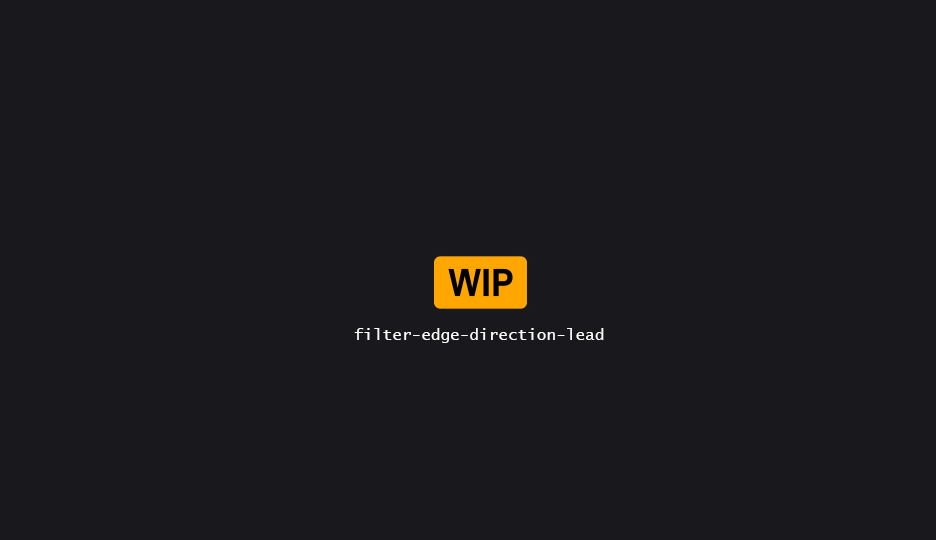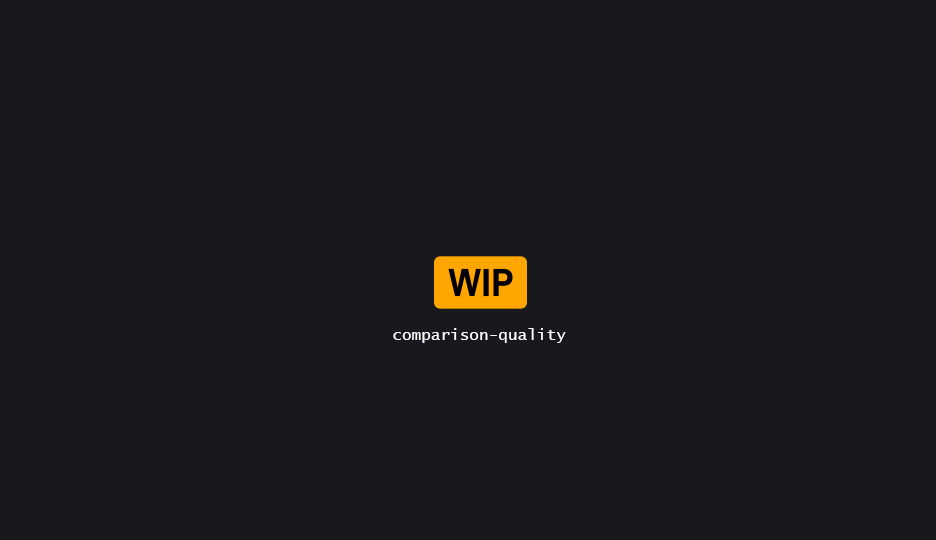🝖 Edge Direction (Node)
Check if adjacent node meet specific conditions
The Edge Direction filter compares the direction of connections using a dot product, providing precise control over how many directions meet the set conditions, allowing tests against both discrete and relative number of connections.
Table of content
The Edge Direction filter does a simple dot product comparison on each individual connections’ direction, and offer fine grained control over what qualifies as a “success”, based on how many directions passed the comparison or not. What makes it equally useful and tricky to set-up is its ability to test against either a discrete number of connection, or relative ones.

Properties
Properties
| Property | Description |
|---|---|
| Settings | |
| Priority | Defines the order in which this flag operation will be processed. See |
| Comparison Quality | Defines the method used for comparison. - Dot is precise (easily returns false)- Hash method is approximative (easily returns true)
|
Adjacency
| Property | Description |
|---|---|
| Settings | |
| Mode | The mode lets you choose how to set the flags value, as a user. - Direct is probably the most useful, as it can be set using an override pin.- Individual lets you use an array where you can set individual bits by their position (index), and whether they’re true or false.- Composite lets you set individual bits using dropdowns. |
Mode : All
This mode consolidate all the connections’ values into a single one to test against.
| Consolidation | |
| Individual | Test individual neighbors one by one |
| Individual | Test against averaged value of all neighbors |
| Individual | Test against the Min value of all neighbors |
| Individual | Test against the Max value of all neighbors |
| Individual | Test against the Sum value of all neighbors |
DOC TBD
Mode : Some
This mode test individual connections, but only some of them are required to pass for the entire filter to be considered a success.
How that “some” is defined relies on a comparison against a threshold: how many neighbors pass the test vs. how many neighbors there are.
| Threshold Settings | |
| Threshold Comparison | TBD |
| Threshold Type | TBD |
| Threshold Source | TBD |
| Discrete Threshold | TBD |
| Relative Threshold | TBD |
| Threshold Attribute | TBD |
| Threshold Source | TBD |
| Rounding | TBD |
| Threshold Tolerance | TBD |
DOC TBD
| Direction Order | TBD |
| Compare Against | TBD |
| Direction Constant | TBD |
| Direction Attribute | TBD |
| Comparison | How to compare Operand A against Operand B See |
| Transform Direction | TBD |
| Operand B (Neighbor) | TBD |
Comparison Quality

Dot Comparison Details
Only if Dot method is selected
| Property | Description |
|---|---|
| Comparison | Which comparison to use. See Numeric comparisons. |
| Dot Units | Let you choose to work either with normalized dot range (-1 / 1) or degrees.This affects how the attribute Dot value will be interpreted as well. |
| Unsigned Dot | When enabled, the comparison will occur against an absolute dot value. This is especially useful when testing against undirected lines. |
| Dot Value | The type of value used for this probe’ search radius; either a Constant value or fetched from anAttribute
|
| (Dot or Degrees) Constant | Constant to compare against. |
| (Dot or Degrees) Attribute | Constant to compare against. |
| (Dot or Degrees) Tolerance | Comparison tolerance, if the selected comparison is an approximative (~) one. |
Hash Comparison Details
Only if Hash method is selected
| Property | Description |
|---|---|
| Hash Tolerance Value | Where to read the tolerance from. Can be a per-point Attribute, or an easily overridable Constant. |
| Hash Tolerance Attribute | Attribute to read tolerance from. |
| Hash Tolerance Constant | Constant hash tolerance value. |